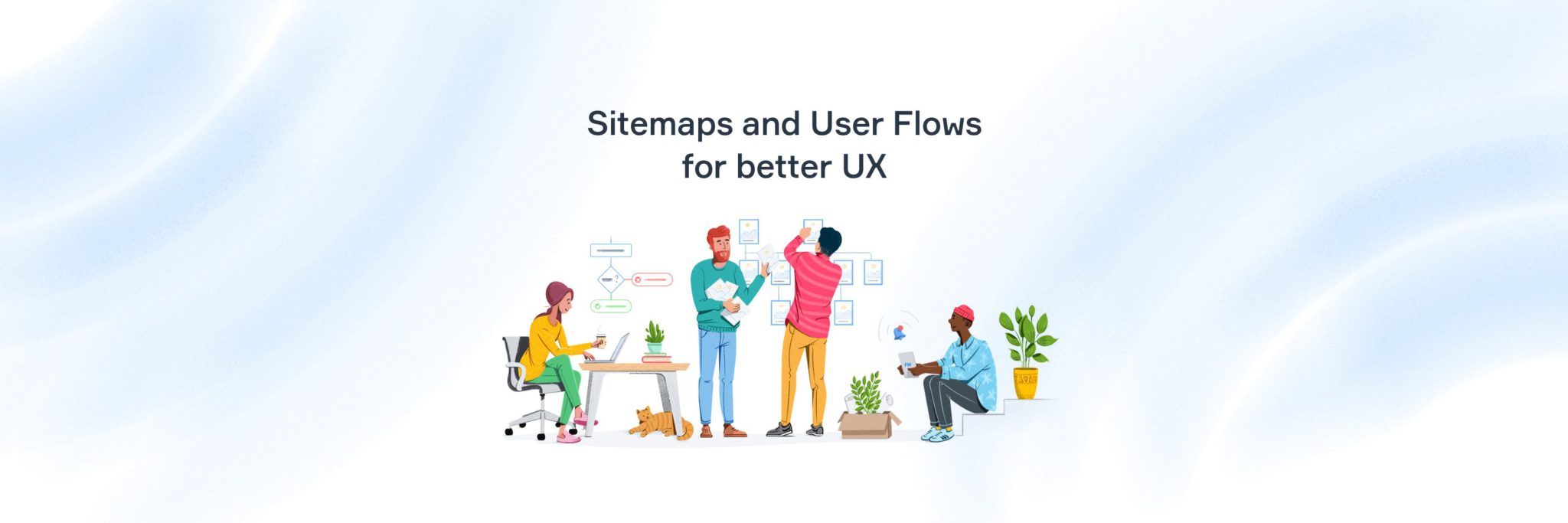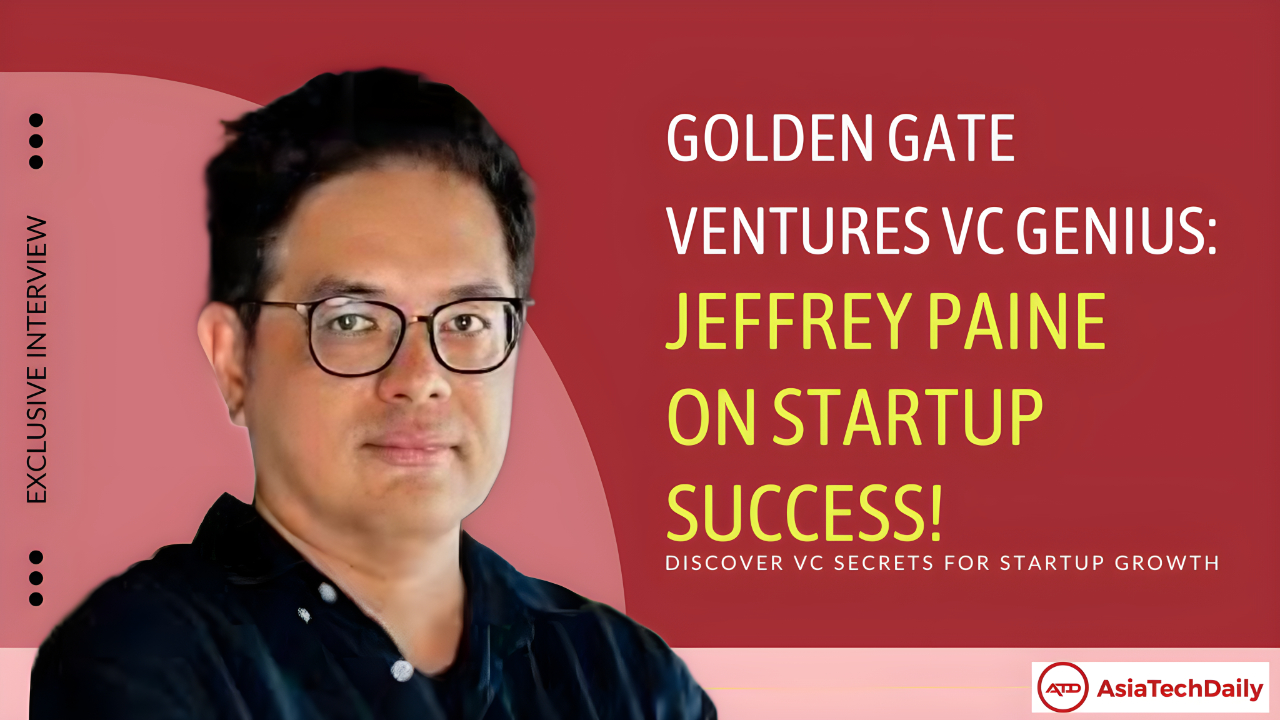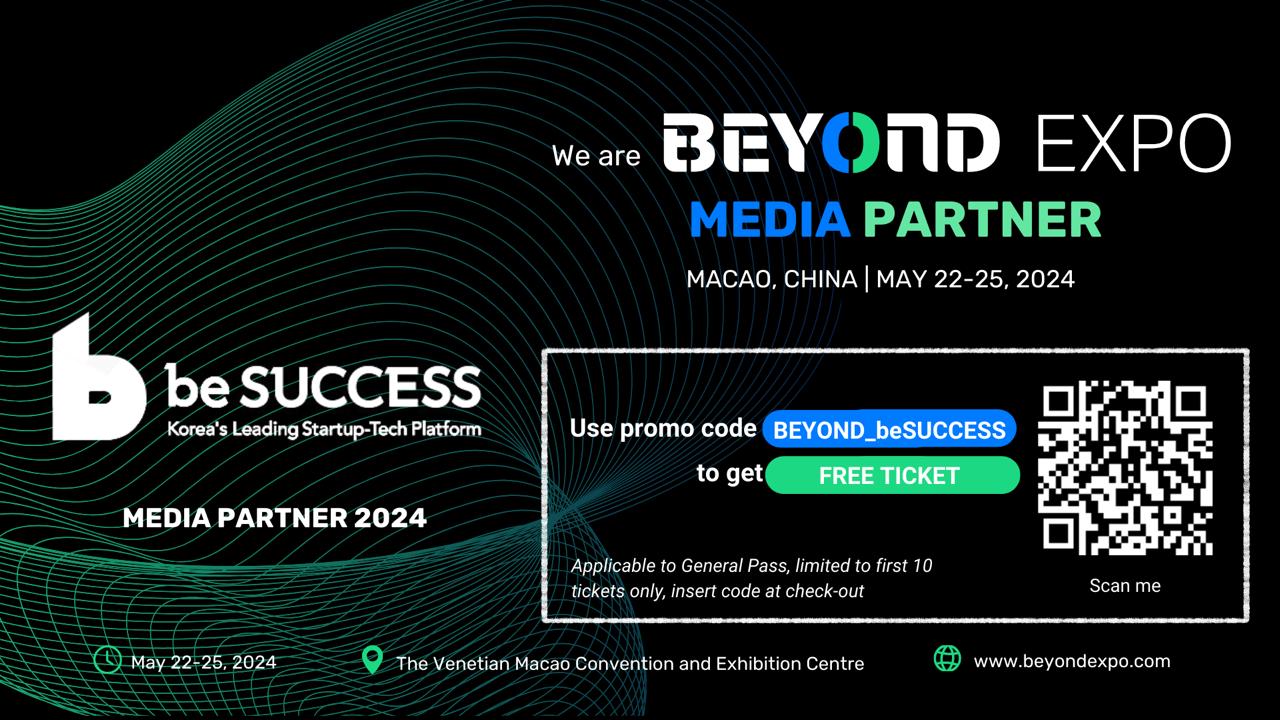AsiaTechDaily – Asia's Leading Tech and Startup Media Platform

Paul Mit And Andrew Severin, Co-Founders Of FlowMapp- A Cutting-Edge Full Stack UX Platform Built Without Seed Funding
Paul Mit And Andrew Severin are co-founders of FlowMapp, a cutting edge full stack UX platform. It helps to design exceptional UX for beautiful products, websites, and apps with the online collaborative tools.
Digital agency Brandivision has been successfully operating on the website development and digital design market for 5 years when the team faced the problem. They couldn’t find a suitable tool to build a sitemap for their client’s projects. At the time, all the available services were unable to provide the required functionality, did not satisfy the development needs, and were just awkward to use. So that’s when the idea of FlowMapp began, and Brandivision ended.
It took a year for the team to switch for product development and start to work on an international startup. Tools that were used by more than 120 000 designers from 150 countries, including product teams of Intel, InVision, Isobar, Kontrapunkt, Accenture, Peugeot, Unicef, Pega.
In an exclusive interview with AsiaTechDaily, Andrew and Paul say:
The big mistake is the unwillingness to do routine things such as financial reporting, tax payments, legal documentation.
At first, it might seem incomprehensible, but it isn’t mandatory to deep dive into it. You should understand it in general – it is always possible to use some help from an outside expert.
Hiring too many people from the start is a mistake too.
It is important to determine priorities and directions of development for the company and to close positions precisely while monitoring the company’s bills and trying no to inflate spendings.
Read on to know more about Andrew and Paul and how they managed to build up a startup without seed funding.
Please tell me about your personal background, and what are you working on currently?
Andrew Severin: Hey! I’m in design for more than 10 years, studied UI/UX Design in BMSTU (Bauman Moscow State Technical University). I started like most other guys as a freelancer. In 2012 founded a web-studio where we created awesome websites and branding and, over time went Top-50 best production and outsource companies in Russia. Since 2017 I’m working on FlowMapp as CEO.
Paul Mit: Finally, I can proudly answer the question, “What are you working on currently?” that I dedicate all of my time to grow up our FlowMapp startup. But Andrew and I still remember the time when it was just a «side project.»
My background is pretty diverse — I worked in big international corporations such as Yandex and MediaCom WPP, along with small digital agencies. I came to product development from the world of marketing and advertising. I have a tech, and economic education also graduated from the «British Higher School of Art & Design.»
What motivated you to get started with your company?
Andrew Severin: I have never wanted and never liked to be an employee. As I mentioned, I founded my first company in 2012, and in a few years of working as a digital-production studio, we realized that we are not satisfied with software in the field of website design, which in the time was commonly used in the industry. So that is how we decided to create our product for the visual designing of digital products and services — Flowmapp. It wasn’t an easy task because we didn’t attract any investments, but it wasn’t a problem rather that additional motivation. To launch a startup on your funds and with it take a good position among competitors, receive hundreds of thousands of users — this is a real drive and indescribable emotions!
Paul Mit: In total, I launched 5 failed startups, so I always had this urge to create my own company. My primary motivation came from the dissatisfaction of the world around me and the idea of making it a bit better.
Working in big companies opens up a lot of opportunities, but here is the other side of the coin – you can see a lot of things that can be improved, but because of corporate structures, you’re not allowed to affect many of them. Therefore the primary motivation is control over the product and the processes multiplied by the desire to be involved in creating something new.
How have you attracted users and grown your company from the start?
Paul Mit: We are absolute advocates of organic growth and conception of Product Led Growth.
Andrew Severin: Here is what we did to find our first users:
- We shared our launch with friends, acquaintances, and just people we know.
- We launched on Product Hunt to reach the startup community (became the TOP-3 product of the day).
- We sent cold requests to the target audience(companies).
- It was registered in free catalogs and classifiers of new services.
- Our first articles and landings are written to promote the CEO.
- We were in touch with the first users and asked them to share us with their communities.
What’s your business model, and how have you grown your revenue? What strategy worked best?
Paul Mit: We did not invent any revolutionary business model; we are working on a classic SaaS model with providing Freemium access along with the opportunity to use a free trial.
It’s our deliberate decision to allow users to use our product for free. We also created a convenient opportunity to cancel a subscription in case a team or a user decided to take a break for somewhat reason. If so, all the data and projects get saved in our system. And it is always possible to return to them.
It allows us to increase the loyal part of the audience.
Andrew Severin: Our advice is: stick to the path of the maximum openness rather than the path of limitation.

How much money (funding) have you raised in total so far? When was the recent funding round? (Additionally, any plan for the future?)
Paul Mit: Ok, give me a minute to calculate, ‘0’. We didn’t use any funds, although some offerings were received. It is our own decision and strategic thinking. We have some plans to attract investments for scaling, but it will happen only when time is right and the product developed enough.
To be honest, we’re not too thrilled about some principles of the venture capital industry and seed funding. We’re trying to orient on the history of companies that have created great products and still control them: Mailchimp, Hotjar, Shopify, ShutterStock, Behance, Grammarly, and 37signals, of course.
Take a look at them. It’s when money is a greater evil for an early development stage for a startup rather than a good thing.
What are some marketing tips to help maximize the success of a product launch?
Andrew Severin:
- First of all, make a research on the target audience for your product.
- Compile an abundant offer as accurately as possible, no wishy-washy.
- Don’t spend money on advertising before you checked all the available free channels of user acquisition.
- Find the place (community) where your target audience lives and become their “guy.”
- Try to connect with influencers in your niche to get some public reviews for your product.
- Warm-up an interest in your product before launch (beta test with limited invites, accounts in social media where you will post your development progress).
What is a good product launch checklist?
Paul Mit:
- Your MVP is working.
- Product landing describes its value and functionality.
- You have a convenient channel to chat with users.
- You have support in advance and interest from the community.
- You have a clear vision of future development and a year roadmap.
- Good luck 🚀
What’s the hardest thing about product launches?
Andrew Severin: The hardest thing is to decide when your product is ready for launch.
Release it too early to demonstrate not fully functional product, but pivot it in time and save resources? Or delay the launch and polish the product just to learn after release that your it is not engaging in its current state against your expectations? You should decide what’s essential and what’s not and don’t delay too much!
Paul Mit: The hardest things is in the field of strategy rather than in tactical steps:
- Keep your focus.
- Prioritize your tasks accurately, not cling for everything that occurs on your way. You should always keep in mind what is really important at the early stage of development and what is possible to put off for later development stages.
What are the most common mistakes founders make when they start a company? (or What should all first-time startup founders know before they start their business?)
Andrew Severin: The big mistake is the unwillingness to do routine things such as financial reporting, tax payments, legal documentation.
At first, it might seem incomprehensible, but it isn’t mandatory to deep dive into it. You should understand it in general – it is always possible to use some help from an outside expert.
Hiring too many people from the start is a mistake too.
It is important to determine priorities and directions of development for the company and to close positions precisely while monitoring the company’s bills and trying no to inflate spendings.
Paul Mit: The top of my favorite mistakes include:
- Lack of preliminary feedback from the target audience of a product. It’d better be done while you are on the stage of an idea before development. Trust me, 5 conversations with your future users can change the composition of your MVP for 80%.
- Competitive orientation. There is always the temptation to do this, but it will only distract you.
- Spending your time to attract money from investors rather than spending time to draw money from clients.
- Not to chat with leaving users. These guys can tell you a lot of useful things.
- Listen to everyone.
- Listen to nobody.
What do most startups get wrong about marketing?
Paul Mit: The biggest problem of marketing — it isn’t necessary for startup. Startups need growth hacking.
Andrew Severin: Well, you never spoke a more accurate word.
What’s the best advice you’ve ever received? And What advice do you have for someone who is interested in doing similar things like yours or in a similar direction?
Andrew: “Screw It, Let’s Do It” (by Richard Branson), and his ” There’s no time like the present, no better day than today, or no righter time than right now.”
Paul: «Erase all and do it again.» I use it often. It is beneficial.
What are the one or two things that you would do differently if you could go back to 10 years ago?
Paul Mit: No way!
Andrew Severin: Everything goes as its course, and I think I wouldn’t change anything if I went for 10 years into the past. I’d start to sport earlier, though.
You can follow Paul Mit here and Andrew Severin here.
Are you looking to secure investment for your startup or a keen startup enthusiast, keep an eye on our interview section.
Follow Asia Tech Daily to know about the innovative startups and how they are revolutionizing the ecosystem





